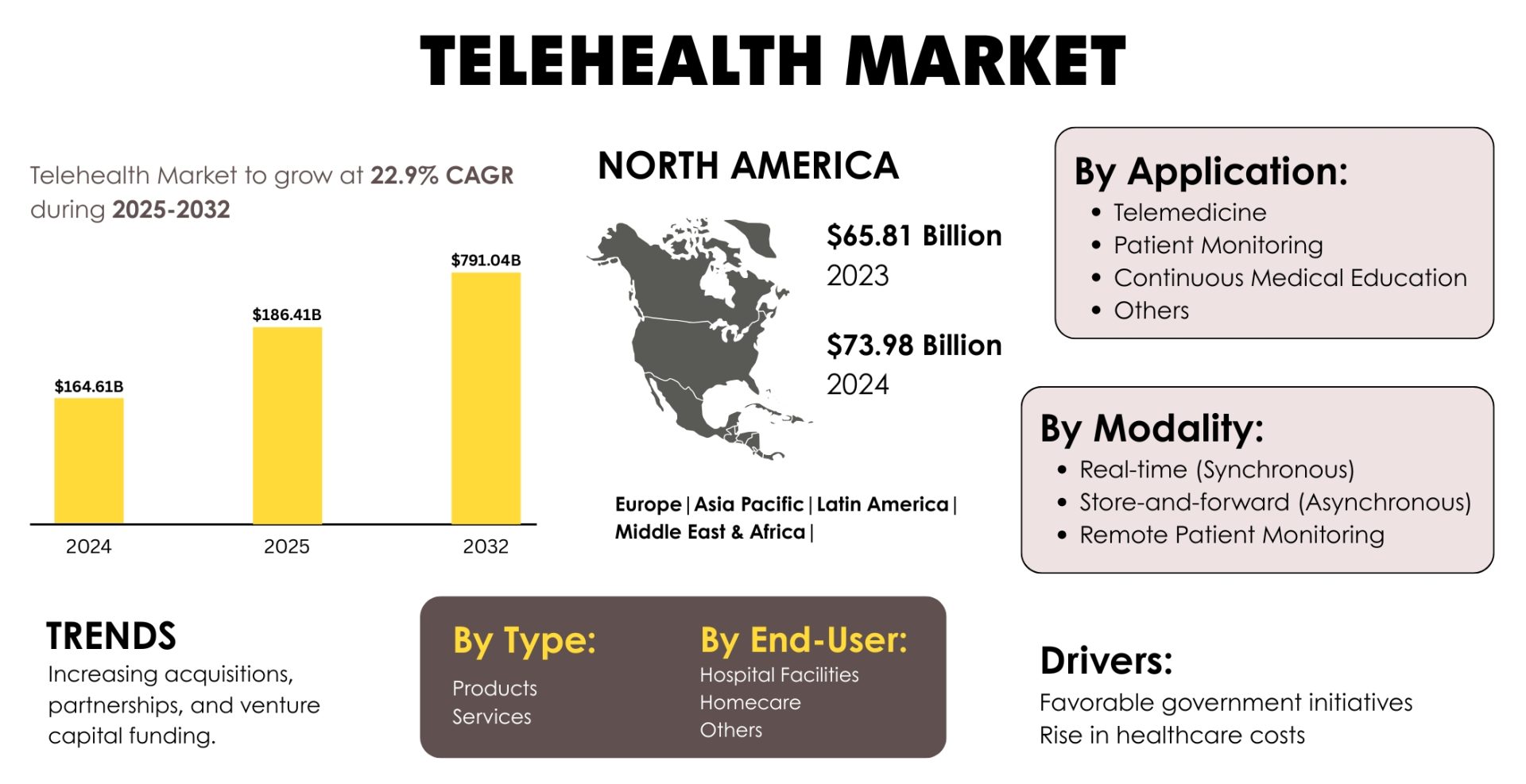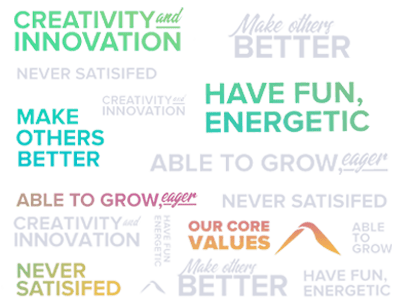Introduction
Speech analytics is revolutionizing Telehealth contact centres by enhancing patient experience, improving communication, ensuring compliance, and delivering real-time insights. This article explores how healthcare providers can use AI-powered tools to optimize remote care and drive efficiency.

Understanding the connection: Telehealth and Speech Analytics
Telehealth enables people in underserved areas to access the medical assistance they need. It clears the path of geographical barriers. However, the development of this sector is putting increasing pressure on Telehealth care contact centres. These Telehealth care contact centres handle patient calls, schedule appointments, and assist.
As Telehealth care contact centres grow, more advanced tools to manage these interactions have become essential. One such tool is Speech Analytics. Speech Analytics can enhance healthcare delivery, especially in remote consultations and patient interactions.
According to a research report by Markets and Markets on Speech Analytics Market in 2024, the Speech Analytics Industry is worth USD 3.3 billion and is expected to grow to USD 7.3 billion by 2029 at a compound annual growth rate (CAGR) of 17.5%
Speech Analytics like Speech analytics transcribes 100% of conversations with customers over voice calls. This also goes a step further to share meaningful insights, patterns, and metrics with customer care executives in real-time.
It is an emerging technology that uses machine learning algorithms to analyze spoken language in real-time, allowing contact center staff to identify conversation patterns and trends.
According to McKinsey’s article, “Is virtual care delivering on its promise of improving access?” expanding telemedicine and telehealth adoption equally across all patient segments could result in 50 million physical consultations being converted to virtual consultations
With Speech analytics, contact centre staff can:
- Analyze the content of patient calls
- Identify areas of concern
- Develop strategies to improve patient satisfaction
For example, if patients frequently complain about long wait times, Speech analytics can help identify the root cause of the issue and suggest ways to reduce wait times.
1. Real-Time Monitoring for Better Communication
Speech analytics can provide real-time feedback to the healthcare provider during a Telehealth session. For instance, it can detect if the healthcare provider is talking too fast or using complex medical terminology, allowing them to modify their communication style to ensure the patient’s understanding and engagement.
2. Understanding Emotions Through Sentiment Analysis
During Telehealth consultations, Speech Analytics can use sentiment analysis to gauge the patient’s emotional condition. This can assist healthcare providers in identifying signs of anxiety, stress, or depression, essential for mental health assessments and proper intervention.
Improved Agent Training and Development
Speech analytics can help streamline staff training by pinpointing areas where agents may require extra training or support. By randomly listening to live agent calls, contact center managers can design practical training tools to assist agents in complying with regulations, dealing with difficult conversations, and developing the necessary knowledge and skills.
Ensuring Quality Assurance in Remote Interactions
Monitoring service quality is essential for ensuring patients receive the care they need. Healthcare organizations can use Speech analytics to assess the quality of Telehealth interactions. Speech analytics can help Telehealth care contact centers monitor service quality by analyzing and transcribing 100% of the voice calls and identifying areas where service can be improved.
For example, suppose patients frequently report being dissatisfied with their quality of care. In that case, Speech Analytics can help specify the root cause of the problem and recommend ways to improve service quality.
Making Scheduling Smarter and More Patient-Friendly
Scheduling and managing appointments can be time-consuming and complex. Speech analytics can help streamline scheduling by analyzing call content to identify patterns and trends in appointment scheduling. For example, if patients frequently request specific appointment times or dates, Speech analytics can help contact center staff adjust schedules to meet patient needs.
Uncovering Trends and Insights for Better Decisions
Identifying trends and patterns is essential for making data-driven decisions. By analyzing many Telehealth interactions, Speech Analytics can provide valuable insights into patient preferences, common health concerns, and trends. These insights can inform the development of personalized treatment plans and improve healthcare service delivery.
As per Nanotechnology Perceptions’ paper on Customer Relationship Management and Artificial Intelligence: Revolutionizing Business-Customer Interactions, companies using sentiment analysis have reported a 35% increase in customer satisfaction
Meeting Compliance Standards with Automation
Compliance with regulations is crucial to ensure that Telehealth care contact centers operate within legal guidelines. Speech Analytics can help contact centers ensure compliance by analyzing call content for regulatory compliance issues. For PCI (Payment card entry), compliance data such as protected health and specific billing information are automatically redacted by Speech analytics.
Final Thoughts: Why Telehealth Needs Speech Analytics
You need a Speech Analytics tool that can find areas where patients’ journeys are impacted by confusion, frustration, and suffering because not all patients are familiar with the business of healthcare. With the help of Speech analytics, it is possible to ensure that all opinions are heard and appropriate actions are taken. Call categorization and sentiment analysis are examples of how speech analytics can help the Telehealth industry drive process improvement.
Frequently Asked Questions About Speech Analytics in Telehealth
1. What is speech analytics in telehealth?
Speech analytics in telehealth involves using AI-powered tools to analyze patient-provider conversations in real-time. This technology transcribes and examines spoken language to identify patterns, sentiments, and areas for improvement in patient care.
2. How does speech analytics enhance patient experience?
By providing real-time feedback, speech analytics helps healthcare providers adjust their communication styles to ensure clarity and empathy. It can detect signs of patient anxiety or confusion, enabling timely interventions to improve the overall experience.
3. In what ways does speech analytics improve communication?
Speech analytics monitors conversations for tone, pace, and complexity, alerting providers when adjustments are needed. This ensures that medical information is conveyed in an understandable and compassionate manner, fostering better patient-provider relationships.
4. How does speech analytics ensure compliance?
The technology automatically reviews conversations for adherence to regulatory requirements, such as HIPAA. It flags potential compliance issues in real-time, allowing healthcare organizations to address them promptly and reduce the risk of violations.
5. What role does speech analytics play in agent training?
Speech analytics identifies areas where healthcare agents may need additional training, such as handling sensitive topics or managing challenging conversations. This data-driven approach enables targeted coaching to enhance agent performance and service quality.
6. Can speech analytics detect emotional cues in patients?
Yes, advanced speech analytics systems utilize sentiment analysis to assess emotional tones in patient voices. This capability helps in recognizing signs of stress, depression, or dissatisfaction, prompting appropriate responses and support from healthcare providers.
Sources :
Telehealth Market Size, Share & Industry Analysis
Speech Analytics Market
Is virtual care delivering on its promise of improving access?
Nanotechnology Perceptions’s paper on Customer Relationship Management and Artificial Intelligence : Revolutionizing Business-Customer Interactions




